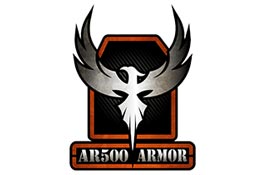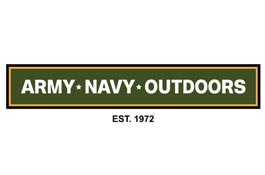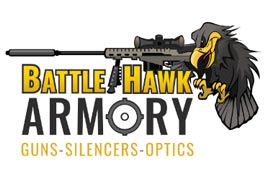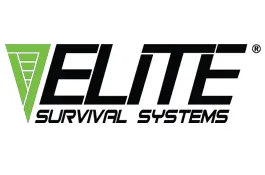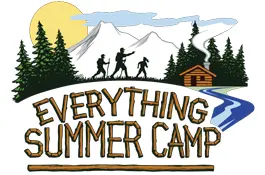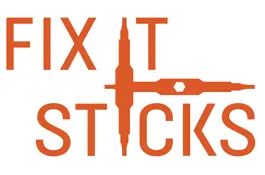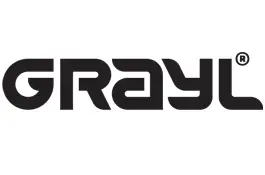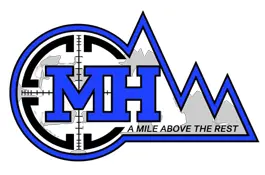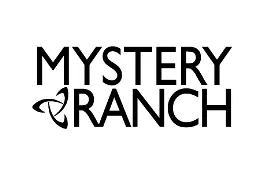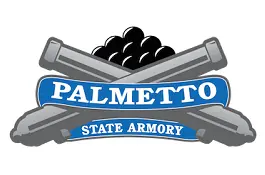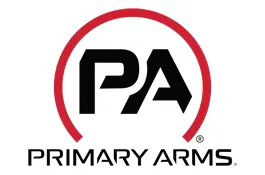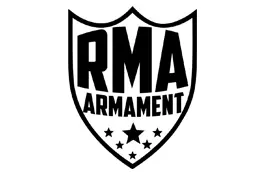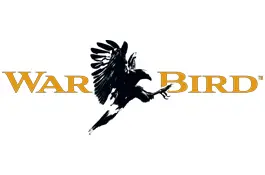When disaster strikes, communication is often the first system to fail. Cell towers jam, power lines fall, and internet networks go dark. We have seen it again and again.
When Hurricane Helene tore through North Carolina in the fall of 2024, entire counties were plunged into silence for days. Cell service vanished, and emergency crews struggled to coordinate rescues. In the Northeast, record flooding in parts of Vermont and New York knocked out fiber lines and power. In the Midwest, tornado outbreaks across Iowa and Illinois left neighborhoods isolated and without signal. On the West Coast, wildfires in California and Oregon melted communication cables and overwhelmed emergency channels.

The lesson is simple: it does not take the end of the world to lose contact with the people who matter most.
That is where the PACE Plan comes in. Used by military units, emergency responders, and preparedness-minded families, it is a simple and proven framework for staying connected when modern systems fail.
What PACE Stands For
PACE stands for Primary, Alternate, Contingency, and Emergency: four levels of communication, each ready to take over when the previous one fails.
- Primary: The everyday method such as cell phones, text messages, or apps.
- Alternate: A quick backup such as landlines, Wi-Fi calling, or online messengers.
- Contingency: A method that still works when infrastructure goes down such as handheld radios or satellite messengers.
- Emergency: Last resort tools such as visual or audible signals, runners, or prearranged meeting times.
A real PACE plan is not luck. It is a structured network designed to keep your family or team informed and coordinated when everything else falls apart.
First, Establish Your Team Network
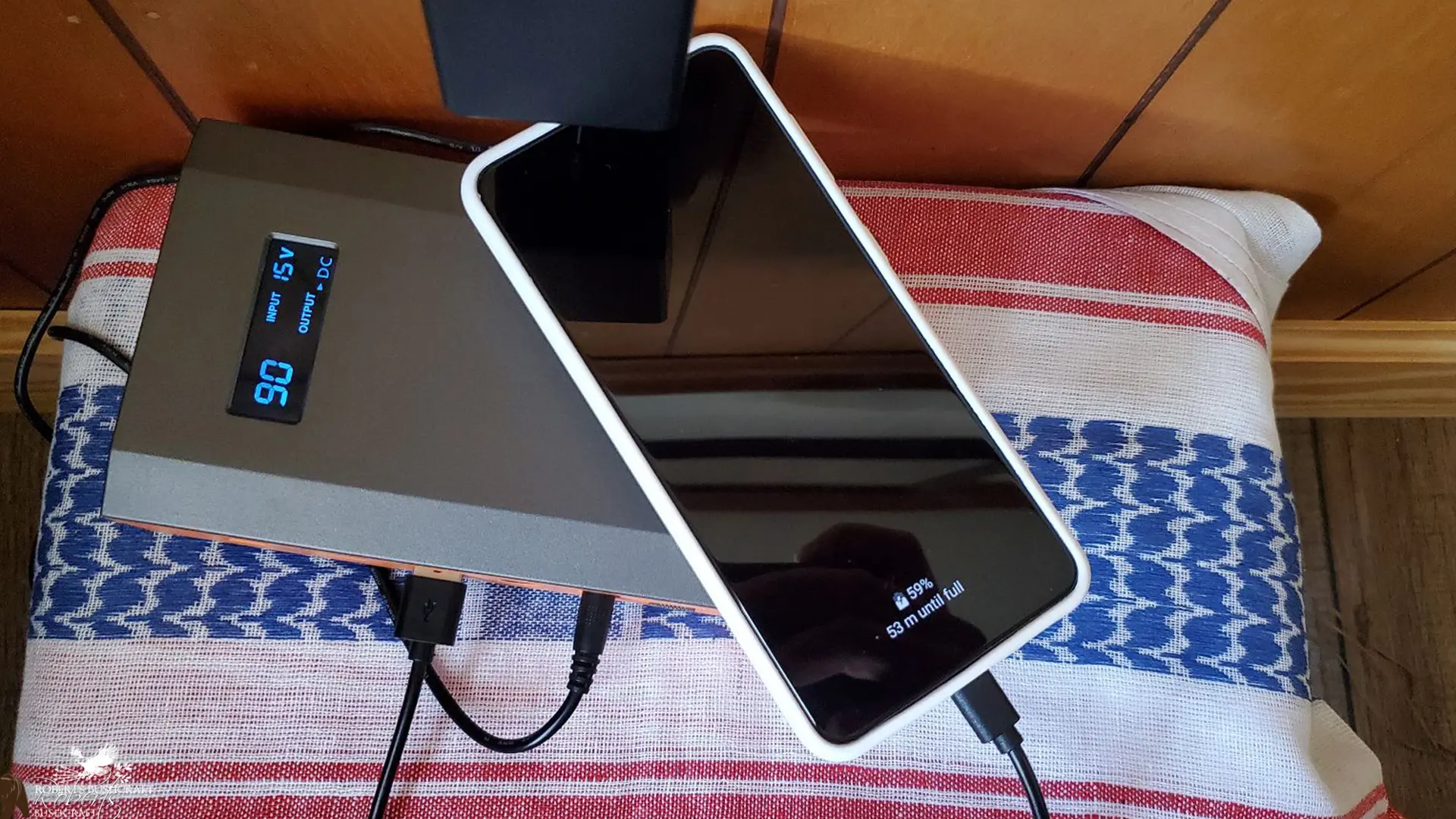
Start by asking a simple question: Who do I need to communicate with first? When systems fail, the people who matter most are your first priority. Your team might include family members, close friends, neighbors, or coworkers in the same area. The goal is to build a reliable contact web that covers everyone you’re responsible for and everyone who might be responsible for you.
- Full name and role (for example, “Dad – logistics lead”)
- Primary number and email
- Radio call sign or GMRS channel
- Location or rally point
- Backup method (Signal app, Zello channel, Garmin inReach ID)
Print it, laminate it, and keep copies in your vehicle, go bag, and emergency binder. A contact list in the cloud does not help if the internet is down.
Second, Define Your Layers
| Layer | Method | Example | Notes |
|---|---|---|---|
| Primary | Cell phone or text | Group text, Signal, or WhatsApp | Works most of the time until the grid fails |
| Alternate | Wi-Fi calling or VoIP | Facebook Messenger, email | Works if power or internet remain |
| Contingency | Radio network | GMRS or FRS handhelds | Works locally during blackouts |
| Emergency | Satellite or visual | Garmin inReach, ZOLEO, signal mirror or whistle | Works even in total grid collapse |
When the Grid Goes Dark
Picture this: a hurricane on the coast, a derecho in the Midwest, or a fast-moving wildfire out West. Power blinks off. Cell towers run out of backup power after a few hours. Suddenly, no texts go through, not even “I am okay.”
This is what happened during Hurricane Helene, where emergency lines jammed and families across western North Carolina could not reach loved ones for days. Similar blackouts have hit parts of the Northeast during major floods and Midwestern cities after wind events that snapped poles for miles. In wildfire corridors, evacuations are often delayed because alerts never arrive.
When communications fail, you are on your own unless you have already prepared a backup.
Radios: Your Contingency Lifeline
Radios don’t depend on cell towers. They work as long as you have power and a clear signal path. However, it’s important to understand their limits. Radios do not work so well in the bottoms of mountain valleys, but they perform much better up on the ridges; the same is true for cellular signals. While on the Appalachian Trail, we noted where we had the best reception and where we had no service at all. Knowing those locations ahead of time helps plan your communications strategy more effectively in remote terrain.
Radio Types
- FRS (Family Radio Service): No license required, good for short range.
- GMRS (General Mobile Radio Service): Longer range, requires an FCC license that covers your family.
- HAM (Amateur Radio): Long distance options for trained operators.
Recommended Gear
- Baofeng UV-5R Dual Band Radio – affordable and capable for learning radio basics.
- Midland MXT400 GMRS Mobile Radio – excellent for vehicles or a small base station.
- Garmin inReach Mini 2 – sends texts by satellite when everything else fails.
Store spare batteries and a small solar panel or power bank for charging. During past wildfires, amateur radio operators relayed critical messages for days when other systems were silent.

Keep your printed contact list handy, one copy in your vehicle, one in your go bag, and one at home near your main emergency kit. Digital copies are convenient, but power and data can vanish without warning. It’s also smart to keep this information written down in a Rite in the Rain notebook or other waterproof field pad. Digital backups fail, batteries die, and screens break, but ink on paper keeps working through rain, mud, and cold.
We’ve carried them on long hikes and during Appalachian Trail trips, where weather and terrain often make electronics unreliable. A small field notebook is also perfect for logging radio frequencies, channel names, and notes about where signals are strongest. Radios, like cell phones, tend to lose range in the bottoms of deep valleys but perform much better along the ridgelines. Knowing those spots ahead of time can make a huge difference when every call or transmission counts.
Set a Check-In Routine
Information is only useful if it arrives on time. Choose specific times for everyone in your group to check in: morning, evening, or after certain events like the passing of a storm or a major power outage. Write these into your plan and make sure everyone knows what to do if a check-in is missed. For example, “If no contact is made within twelve hours, switch to radio Channel 16 or move to the next rally point.” When we’ve been out on property patrols, we used the same principle: morning location check-ins, evening safe arrival messages. It’s simple discipline that keeps everyone informed, accountable, and calm, even when the grid goes dark.

In addition to scheduled check-ins, define specific moments or “triggers” that prompt your group to make contact or regroup. For rural or off-grid settings where radios aren’t always active, a simple visual signal can serve as your cue. At our place, we use a lantern in the window or on the porch to signal “check in” or “come in” times; an old-fashioned, quiet method that still works when everything else fails. You can adapt this with flashlights, glow sticks, or flags, depending on your environment. The key is consistency: everyone in your circle should recognize the signal and know exactly what it means.
- Daily check-ins: Morning and evening confirmations of safety and location.
- Trigger events: After the storm passes, upon arrival at a safe zone, or if power is out for more than six hours.
- Missed contact rule: Decide when to escalate to the next PACE layer for example, “If I do not hear from you in 12 hours, switch to radio.”
Don't miss this, it's important! Write it all down and make sure every member understands it.
Have Non-Digital Backups
Even the best devices fail when the power’s out, the signal’s gone, or the battery runs dry. Keep printed maps, contact lists, and emergency reference cards alongside your digital tools. A laminated copy of your PACE plan, a small paper map marked with rally points, and a written radio frequency list can all operate without electricity or cell service. When you’re tired, cold, or working by lantern light, these simple paper backups can keep you oriented and connected. Think of them as your analog safety net: reliable, durable, and always on.
- Whistles or air horns (three short blasts for distress)
- Signal mirrors and flashlights (Morse SOS)
- Chalk marks or flagging tape for simple coded messages along routes
- Prearranged meeting symbols, such as a folded bandana on the mailbox or a mark on the porch rail
Practice and Maintain the Plan
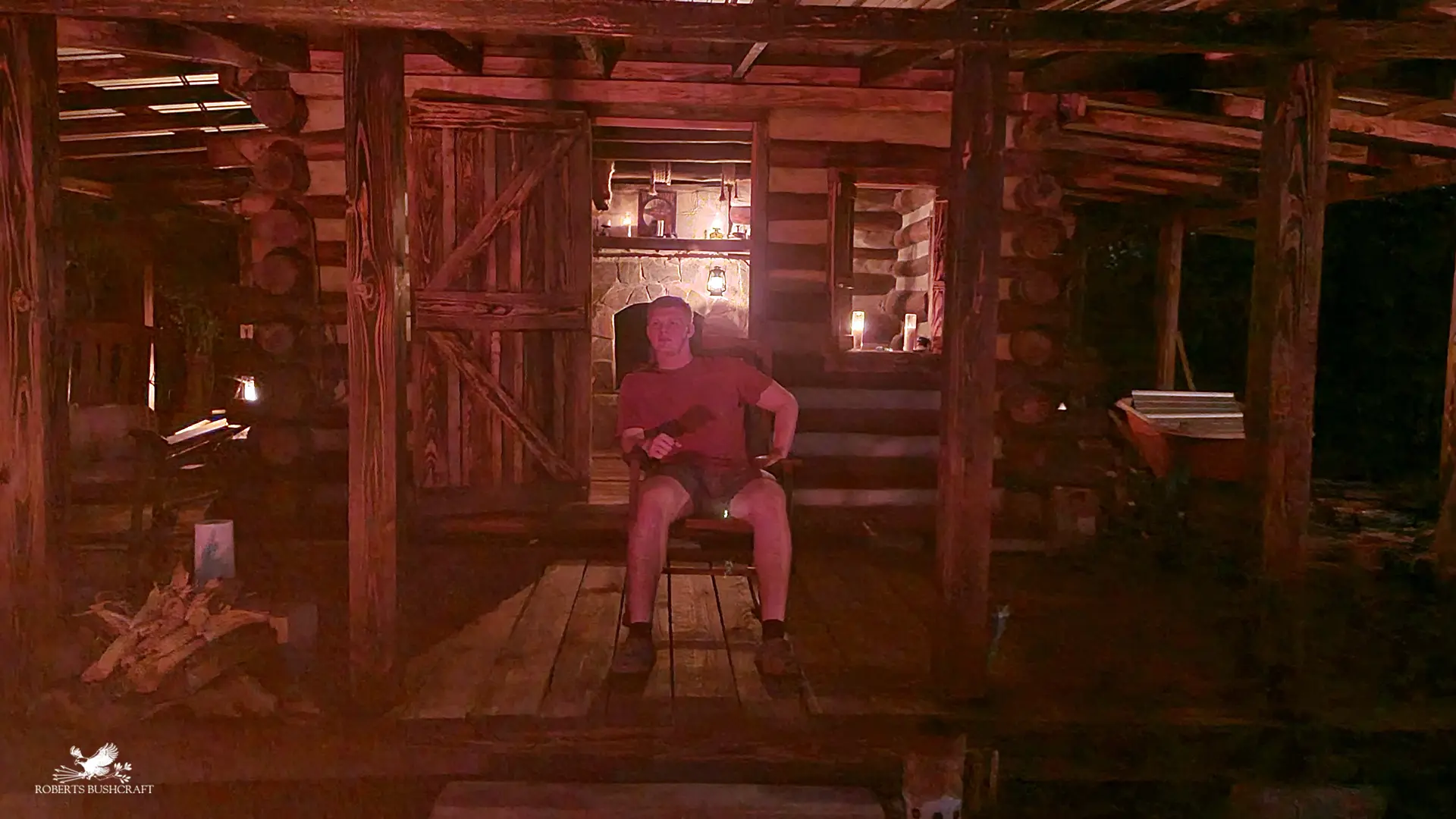
Run drills at least twice a year. Cut power to the house for a night and turn off phones. Test each level of your plan in sequence. Update contact lists every six months, charge radios, and rotate batteries. Review before hurricane, wildfire, and winter storm seasons.
Every year, nature proves how fragile our grid is. From Helene’s flooding in North Carolina to blizzards in New England, derechos in the Midwest, and wildfires on the West Coast, one event can push modern communication into silence.
A PACE Communication Plan ensures you and your team can still talk, regroup, and move safely no matter what happens. Build it now, print it, and practice it. When the next disaster hits, you will not be shouting into the void.











































